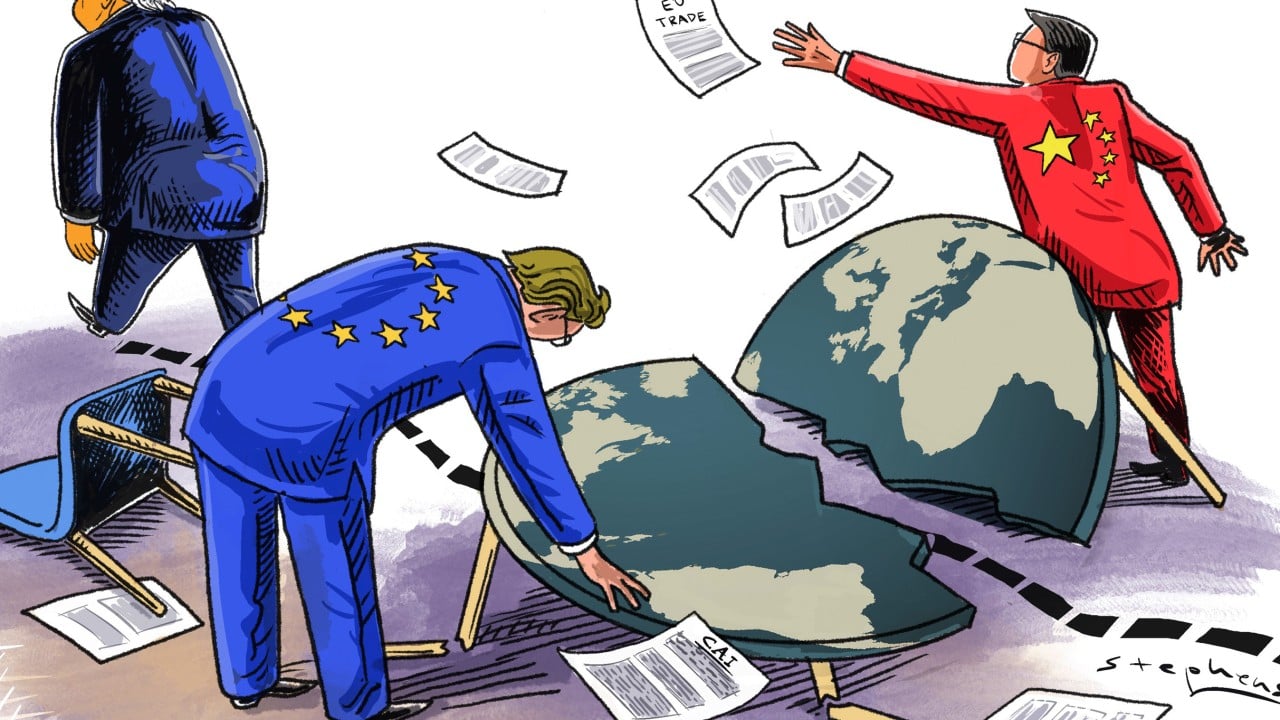Hesitation is no longer an option. China and the European Union must redefine their partnership now or accept lasting estrangement. Donald Trump’s return as US president has thrown the global order into flux, pulling Europe closer to China – but that opening will not last indefinitely.
Advertisement
For years, China spoke of win-win cooperation while sidestepping the issues straining relations. Brussels’ concerns grew as Beijing dismissed them: non-reciprocal market access, weighty trade imbalances, a rising dependence on critical assets and conflicting industrial policies. When Europe pressed for solutions, China offered broad assurances but preserved the practices widening the divide.
The Comprehensive Agreement on Investment (CAI), signed in late 2020 after seven years of negotiation, expanded Europe’s access to China’s market while offering Beijing limited practical gains beyond recognition of its investment ambitions. It addressed most of the issues the EU sees as core problems but ratification froze soon after with the arrival of US president Joe Biden.
The stalemate was no accident. Europe’s reliance on Chinese markets and fractured China policy prevented a unified response. When it finally acted, its scattered “de-risking” efforts, tariffs on electric vehicles, record trade investigations against China last year and shifting rhetoric – from overcapacity claims to security threats – missed the fundamental issues and fuelled escalation.
Meanwhile, Beijing, focused on sustaining domestic growth, saw little reason to revise policies that still delivered results, keeping compromise off the table. As the EU Ambassador to China Jorge Toledo recently said, China had been ignoring EU concerns over trade issues for the past two decades.
Advertisement
The forces shaping this relationship have now changed. The global setting is entering a new phase, where the space for ambiguity has all but closed. Three developments make this clear.

